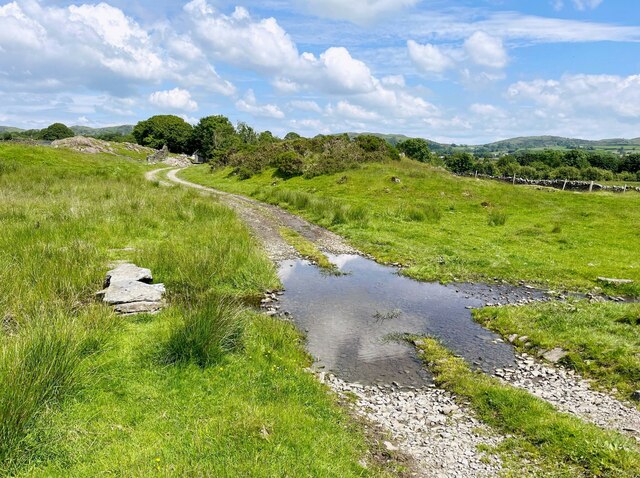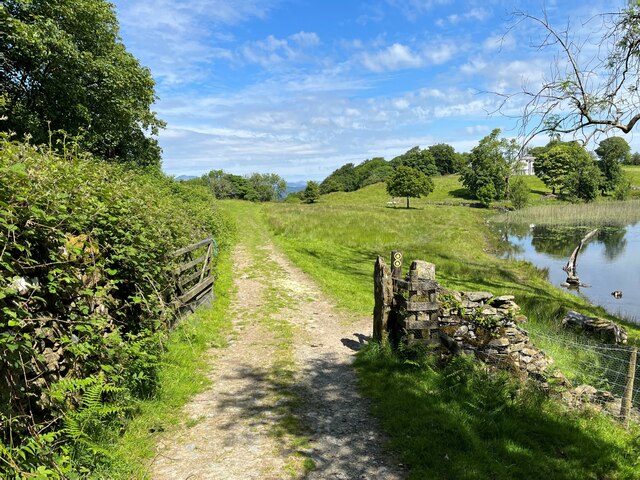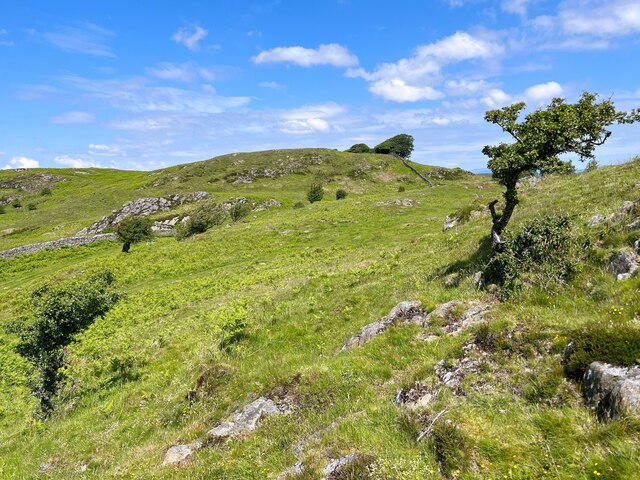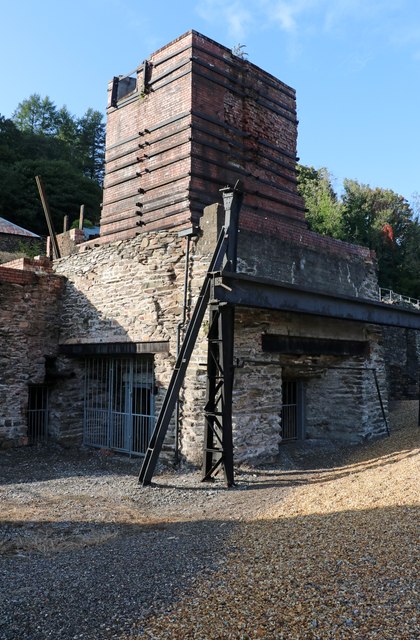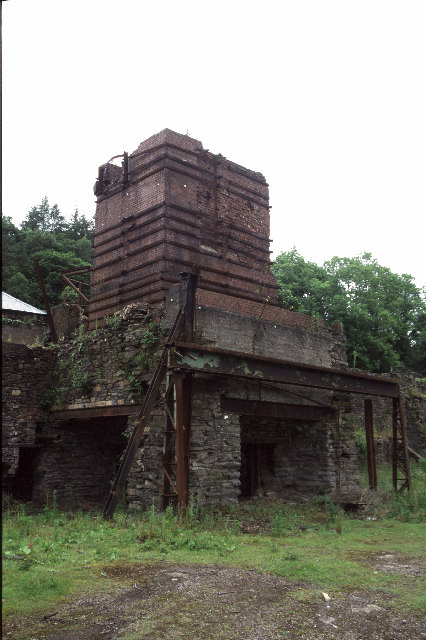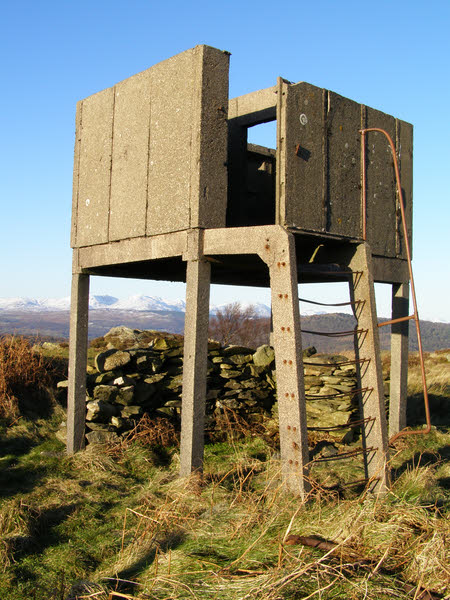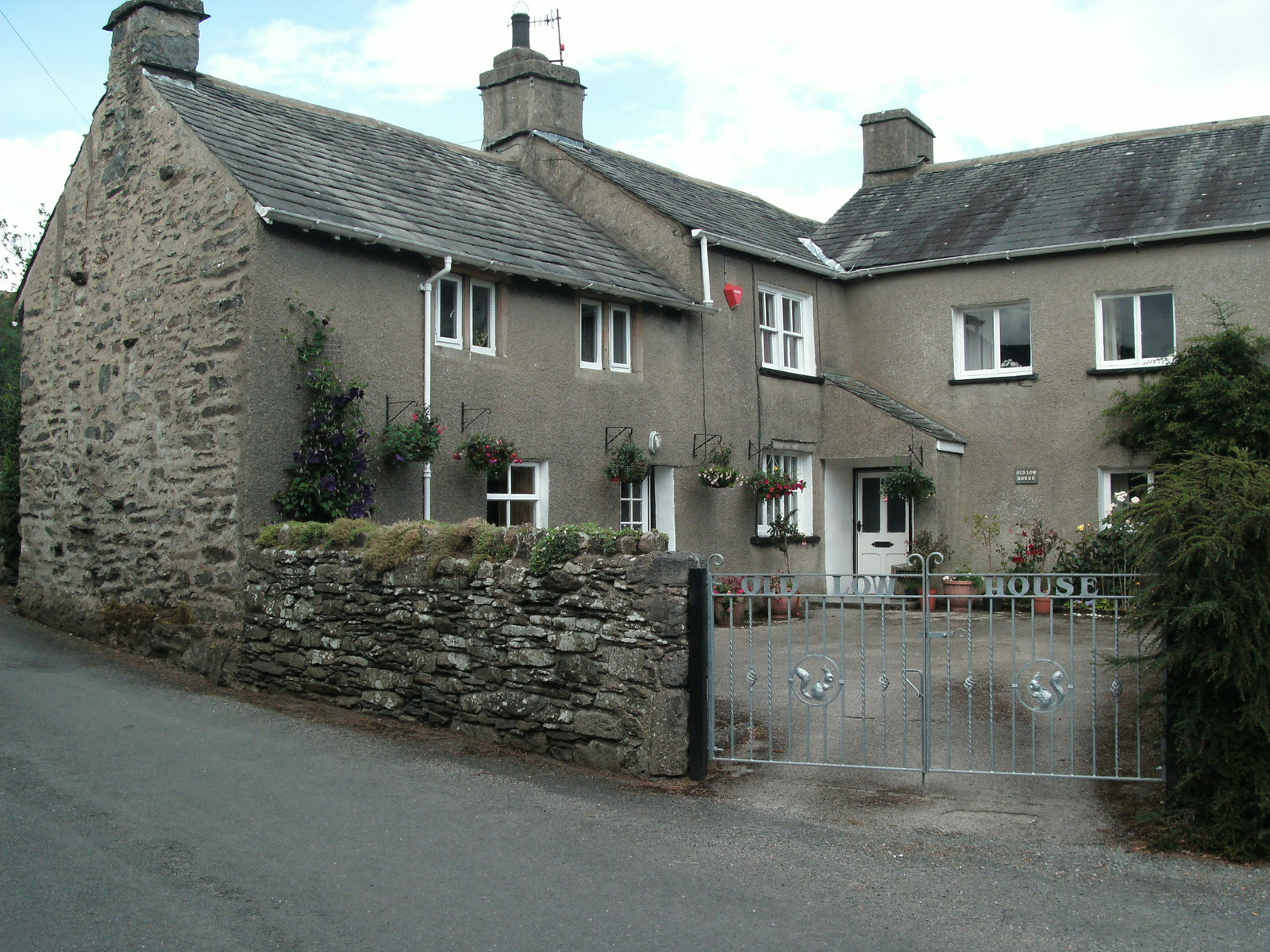Knotts Hill
Hill, Mountain in Lancashire South Lakeland
England
Knotts Hill

Knotts Hill is a prominent geographical feature located in the county of Lancashire, England. Situated within the Pennines, it is part of the larger range known as the Rossendale Hills. Rising to an elevation of approximately 1,200 feet (366 meters), Knotts Hill is considered a hill rather than a mountain due to its height being below the 2,000 feet (610 meters) threshold.
The hill is characterized by its rugged terrain, with steep slopes and rocky outcrops that offer stunning panoramic views of the surrounding countryside. Its location within the Rossendale Valley makes it a popular destination for outdoor enthusiasts, hikers, and nature lovers. The area is home to diverse flora and fauna, including heather, bilberry, and various species of birds.
Knotts Hill is easily accessible, with several footpaths and trails leading to its summit. One of the most popular routes begins at the nearby village of Waterfoot, taking visitors through picturesque landscapes and offering glimpses of historic landmarks such as the St. James Church.
The hill's rich history can be traced back to ancient times, as evidenced by the presence of prehistoric sites and burial mounds in the vicinity. In more recent centuries, Knotts Hill played a role in the local textile industry, with remnants of old quarries and mill ruins still visible today.
Overall, Knotts Hill in Lancashire is a captivating natural landmark that offers both recreational opportunities and a glimpse into the region's past. Whether exploring its trails or admiring its scenic vistas, visitors are sure to be captivated by the beauty and tranquility of this distinctive hill.
If you have any feedback on the listing, please let us know in the comments section below.
Knotts Hill Images
Images are sourced within 2km of 54.243661/-2.9663886 or Grid Reference SD3783. Thanks to Geograph Open Source API. All images are credited.

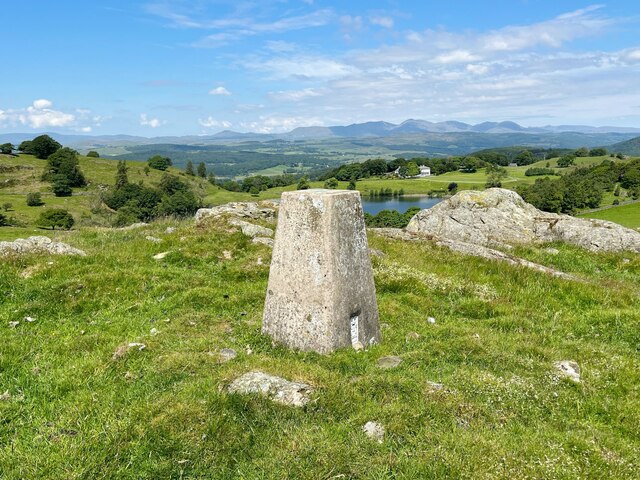



Knotts Hill is located at Grid Ref: SD3783 (Lat: 54.243661, Lng: -2.9663886)
Administrative County: Cumbria
District: South Lakeland
Police Authority: Cumbria
What 3 Words
///boost.aquatic.candidate. Near Grange-over-Sands, Cumbria
Nearby Locations
Related Wikis
Bigland Barrow
Bigland Barrow is a hill in the English Lake District, near Backbarrow, Cumbria. It is the subject of a chapter of Wainwright's book The Outlying Fells...
Bigland Tarn
Bigland Tarn is a lake in Cumbria, England, about 3/4 mile southeast of Haverthwaite. Located at an elevation of 158 m (518 ft), the lake has an area of...
Ayside
Ayside is a hamlet on the A590 road, in the South Lakeland district, in the county of Cumbria, England. == References == Philip's Street Atlas Cumbria...
Backbarrow
Backbarrow is a village in the Lake District National Park in England. It lies on the River Leven about 5 miles (8 km) northeast of Ulverston in Furness...
Nearby Amenities
Located within 500m of 54.243661,-2.9663886Have you been to Knotts Hill?
Leave your review of Knotts Hill below (or comments, questions and feedback).
